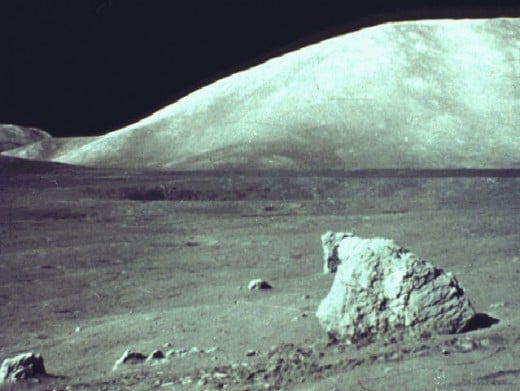Clearing the Air with Thorium - Health and Disease
By now you have learned from another of my articles here on HubPages - http://gustheredneck.hubpages.com/hub/Health-and-Disease-Radioactivity-in-Coal - about the massive contamination of the air from the burning of coal to generate electricity. One of the most plentiful and dangerous pollutants from burning of coal for electricity has been determined to be thorium.
So, pray tell, how can it possibly be that we can "clear the air" and the rest of the environment by using that same dangerous substance to do the job of creating electricity?
Well, it is rather complicated, but the job is well studied and very feasible.

Thorium - What, Where, Quantity, Uses Now
First, let’s discuss thorium, its description, where it is, what it does, and how we already use it.
Thorium is a somewhat radioactive metal and naturally abundant. Over 50% of the world’s known deposits are in five countries, Australia, United States of America, Turkey, India, and Venezuela.
Thorium, in the form of thorium oxide has long been used in various applications that make use of its several attributes, including burning with a brilliant white light in light bulb elements, as gas lantern mantles, arc lights, welding electrodes, and heat-resistant ceramics. Glass that contains thorium oxide is used in very high quality lenses,
The most common source of thorium is a phosphate mineral, monazite, which is found in rocks, but more so in placer deposits along with other heavy minerals. It is estimated that there are 12,000,000 tons of the mineral in the world. Pure thorium oxide is separated from monazite by leaching the mineral at an elevated temperature with sodium hydroxide, followed by more processing. Thorium silicate is also a common mineral form in which thorium is to be found. It is known as thorite and is mined from mineral veins which, in the United States, are located primarily in the state of Idaho.
Our Problems Generating Electricity Today
There are many problems with generating electricity using uranium-fuelled nuclear reactors, coal, oil, natural gas, sunlight, and wind. Other electrical generation methods include water power and geothermal heating. The burning of coal, oil, and natural gas produce undesirable pollutants and greenhouse gases. Using photo-voltaic cells or other sun energy collectors is clean but dependant on available sunlight. Wind may be more reliable as an energy source, but wind also varies as to availability and the amount of energy from velocity. Water power and geothermal energy sources are locational and are not everywhere they might be needed.
The Thorium Nuclear Reactor
With a bit of tinkering in order to get metallic thorium to serve as a fuel source within an efficient, modest cost, non polluting, and safe nuclear reactor, it will not only serve well and efficiently, it can actually produce more working fuel as it produces the heat used for electricity generation.
Thorium is not fissile as is uranium-235 used in most reactors. It is, as the terminology goes, "fertile." That means that it does not spontaneously split its atoms by itself. It cannot sustain a nuclear chain reaction on its own. But when a thorium-232 atom absorbs a neutron from a source of neutrons (e.g. radioactive uranium, etc.) it becomes thorium-233 which then is rapidly transmuted into protactinium-233 which decays to become uranium-233. The uranium-233 is fissile, the same as uranium-235 and becomes the actual nuclear "reactant" (neutron source) and the thorium remains the primary fuel. As you would expect, there is a whole lot more to this nuclear-chemical tale than that, but the essence of the story is that in this series of reactions, the radioactive waste that is produced is not weapons grade, (e.g. plutonium) and the waste that is left over to be disposed of in secure storage facilities is unlike the waste produced in uranium fuelled reactors. Instead of requiring secure storage for 10 thousand or more years, the thorium reactor wastes may require storage for 500 years. There is plenty of heat and thus lots of electricity generated.
Here is a good Web site to visit for more pages of information about the interesting and likely forthcoming commercial thorium electricity-generating reactors.








